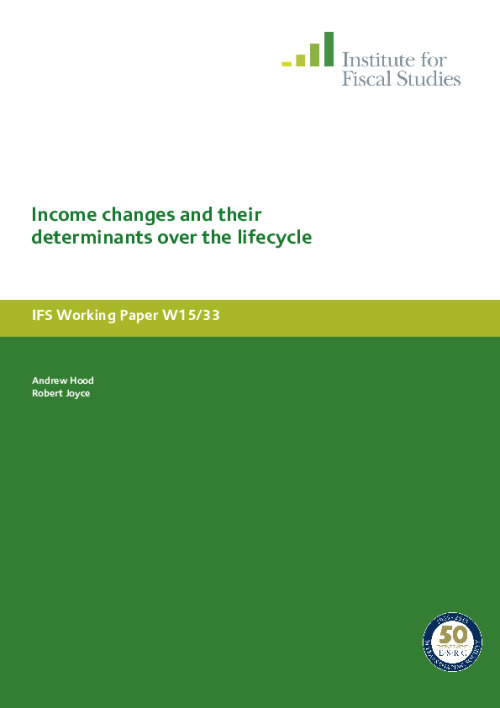What explains the variation in how income changes as people age? Using household panel data, we investigate the contribution of different time-varying factors in explaining variation in income changes over prime working-age life (between 35-44 and 50-59). We find that demographic changes, such as acquiring or losing a partner and the entry or exit of children to and from the household, account for a larger share of the variation in household income changes than shifts in employment status or occupation. This is particularly true for women, for whom demographic changes explain 82% of ex-post predictable variation in household income changes, compared to only 12% explained by employment status and occupation. We find a similar result when looking at the transition into retirement (between 50-59 and 66-75). These results illustrate an important limitation of the extensive literature examining consumption and savings behaviour over the lifecycle: focusing on earnings and income whilst ignoring changes in household composition excludes the largest source of ex-post predictable variation in income changes.
Also available: Executive Summary











